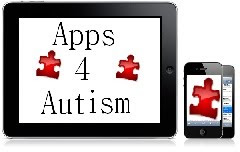April Hauge, a nurse practitioner in Weimar, California, spent $500 on a genetic test for her autistic son in 2009 that led to purchasing thousands of dollars in vitamins and supplements. Impressed with the results, she’s now selling advice on the approach to others.
There’s just one problem: the DNA tests and related treatments have scant backing from science and U.S. government officials. They’re untested, unproven, and may constitute “health fraud,” doctors, regulators and concerned parents said.
For alternative-medicine providers in general, the genetic tests are nothing but a “marketing tool” to sell unproven treatments, said James Laidler, a retired physician and adjunct professor at Portland State University whose 19-year-old autistic son has tried alternative therapies.
“You always hear the testimonials from the people who got better, not the people who stayed the same or got worse,” Laidler said. “They don’t want to hear somebody saying this is snake oil.”
Doctors and clinics across the U.S. are using the exploding science of DNA testing to feed anxieties and sell hope to people with autism and other hard-to-treat disorders.
Emboldened by meager state and federal regulation, purveyors of alternative medicine offer genetic tests costing hundreds of dollars to worried parents and patients, and then sell advice on supplements and diet based on results purporting to spot disease-causing deficiencies. They claim to be the panacea for everything from autism to chronic fatigue syndrome to the effects of aging.
More @ http://www.businessweek.com/news/2012-12-21/autism-cures-promised-by-dna-testers-belied-by-regulators#p1



